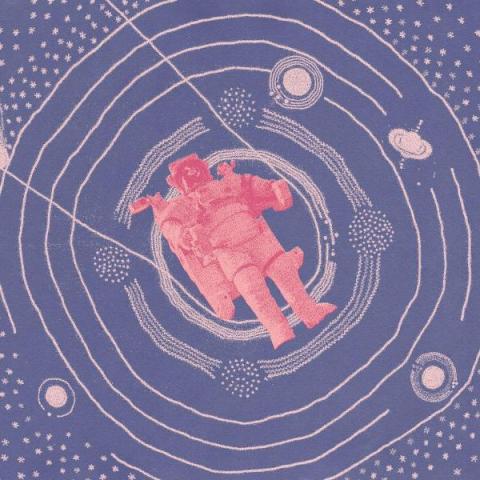Teams | Collaboration | Customer Service | Project Management
April 2023
Erase the busy work that slows down your corporation: Here's how to get it done.
How Cisco, Reddit, YuLife, and TheSoul Publishing make room for productivity.
How to Asana: Portfolio management
A sniffed-at trait may be vital to your company hitting its goals
Empathy is tricky. In recent years, it’s become a sniffed-at, laughed-at, or memed trait. Still, leaders who do the work appear to hit their goals and see a boon in productivity, one of the most tangible business metrics.
How to Asana: Portfolio management
How leaders can 'operationalize' the 3 pillars of trust to make their firms future-fit
Collaboration can drive stellar results. Here’s how to operationalize trust to make collaboration consistently successful—now and in the years ahead—even as the macroeconomic climate changes.
Don't collaborate harder. Collaborate smarter.
According to the Anatomy of Work Global Index, 79% of workers at collaborative organizations feel well-prepared to respond to challenges—four times higher than weak collaborators.
How leaders can turn obstacles into innovation
Times of crisis can trigger innovation—if leaders can guide the perception of a crisis, and if leaders understand how each team member responds to them. Study Abstract — Although a crisis provides room for creativity, organizations often suffer from creativity deficits in such a situation. Indeed, threat-rigidity theory suggests that an employee-experienced crisis may hinder employee creativity.
Want your distributed workforce to thrive? A new study reveals how leaders can make it possible.
Whether your distributed workforce engages in real-time or asynchronous work—or both—research points to three systems that support it all. Study abstract: Collaboration is critical to organizations and difficult when work is distributed. Prior research has indicated that when individuals are distributed, organizations respond by structuring their work to decrease reciprocal interdependence, reduce the complexity of tasks that individuals perform, or accept moderate inefficiencies.
What's New in Asana | April 2023
A new study reveals how to solve perhaps the single biggest problem for work leaders
Ah, the “non-routine problem.” It’s arguably the single biggest type of problem one can run into at work. New research points to a solution. Research Summary — Solving non-routine problems—problems for which current organizational, recurrent action patterns do not offer a predetermined, effective solution—can be an important source of value creation.
11 universal truths that power world-changing research
Whether you’re stranded on Mars or working in an office, science will be one of the last human activities that artificial intelligence replaces.
The 8 rules for co-creation, by Asana's Chief Product Officer
Teams can avoid getting bogged-down—if they create a culture of co-creation and practice decision hygiene for effective execution.














